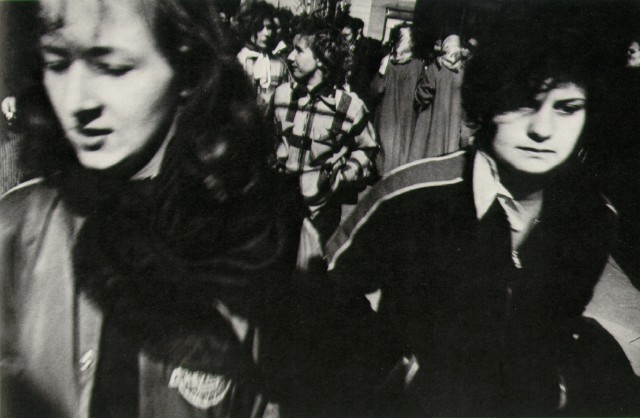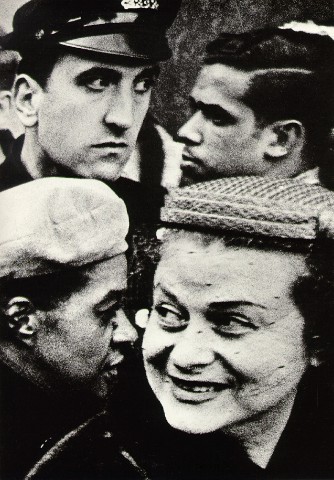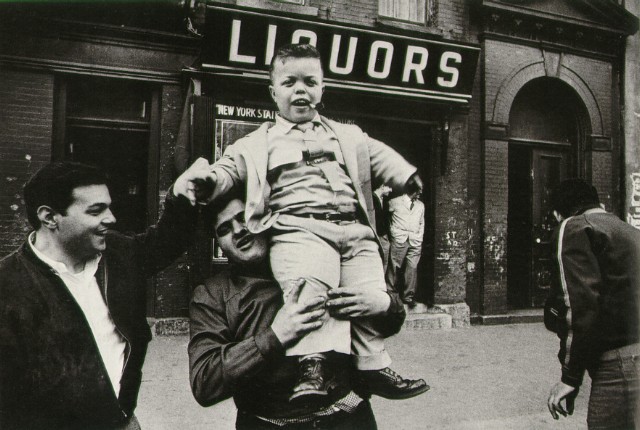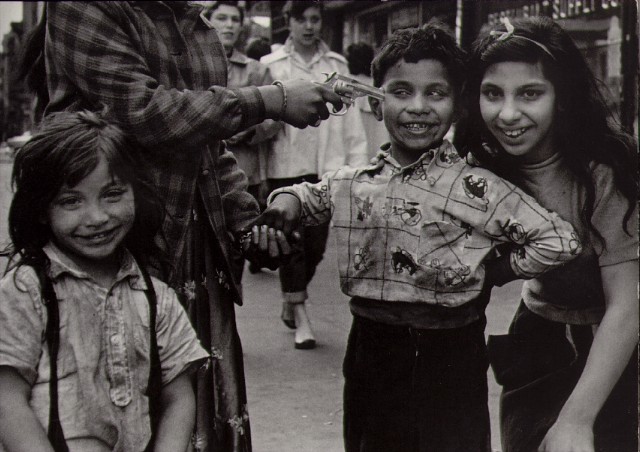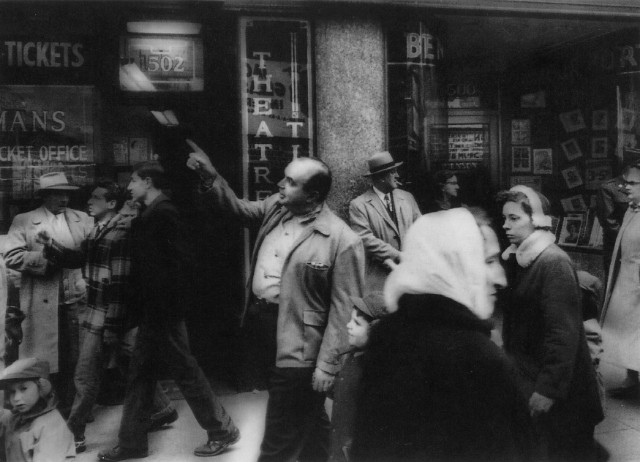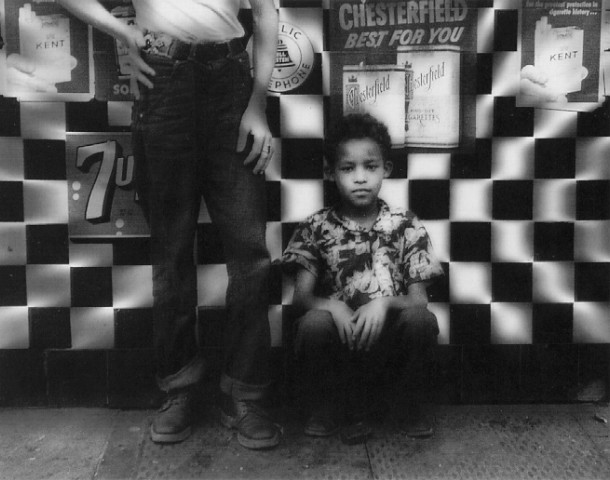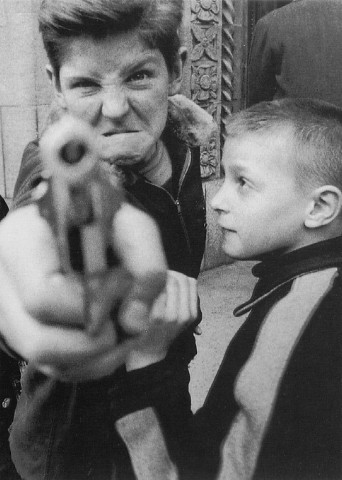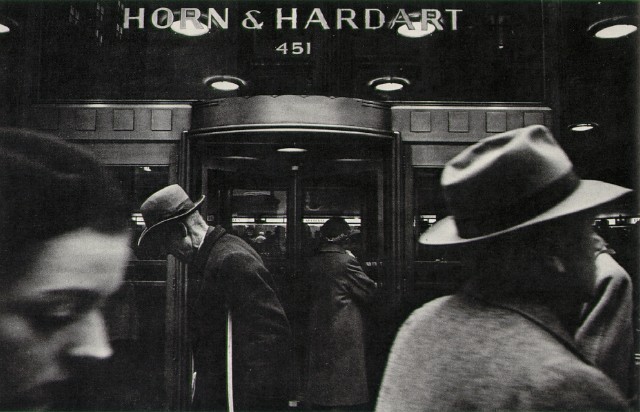William Klein was a renowned French photographer and filmmaker. He was born in the United States, but eventually settled in Paris where he studied painting with Fernand Léger. Klein is known for his ironic approach to photography and his extensive use of unusual photographic techniques in both photojournalism and fashion photography. He challenged prevailing notions of ‘good photography’ with his innovative view of camera processes.
After graduating from high school at age fourteen, Klein joined the Army in 1945 where he served until 1948. Once discharged, he married Jeanne Florin whom he had met on his second day in Paris; however, she passed away later on. As a photographer, Klein ranked 25th on Professional Photographer’s list of one hundred most influential photographers due to being considered a father of street photography and achieving widespread fame in the 1960s for his bold fashion shoots at Vogue.
Klein died at the age of 96 on September 10th, 2022, leaving behind an impressive legacy as one of the most influential photographers in history. His contributions to fashion and street photography have been widely recognized not just by those within the industry but also outside it. William’s extensive use of unorthodox methods may have helped pave the way for other photographers willing to take risks with their work today or continue following tried-and-true practices while bringing new things into play nonetheless.

